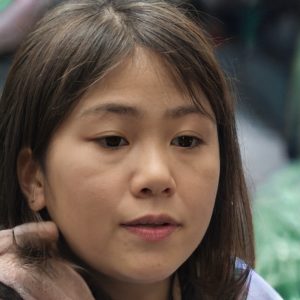Dispersion Definition.
Dispersion definition, the act or process of dispersing or the state of being dispersed. See more. What is dispersion and distribution? In economics, dispersion is the degree to which a distribution is spread out. A distribution is spread out if the values are far from the mean, and it is not spread out if the … Read more






